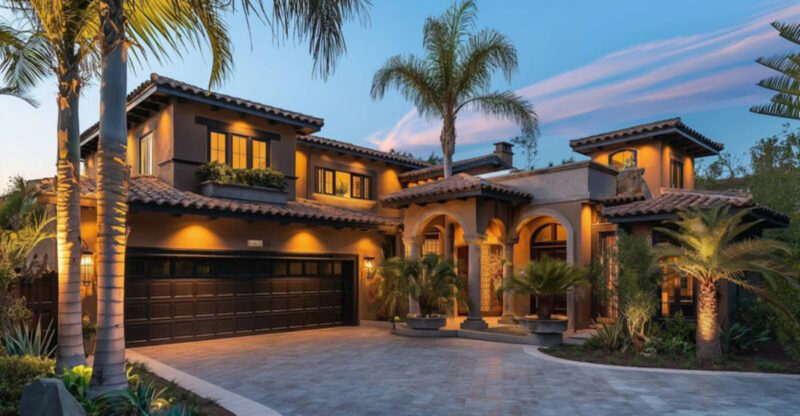Which Pittsburgh Properties Are Losing Value Here Are 13 On The Decline

Pittsburgh’s real estate market is going through some major changes lately.
Some properties that used to be hot investments are now losing value fast. This shift is affecting neighborhoods across the city, from downtown skyscrapers to suburban malls.
Let’s look at 13 Pittsburgh properties that are currently facing significant value drops.
1. Downtown Office Towers
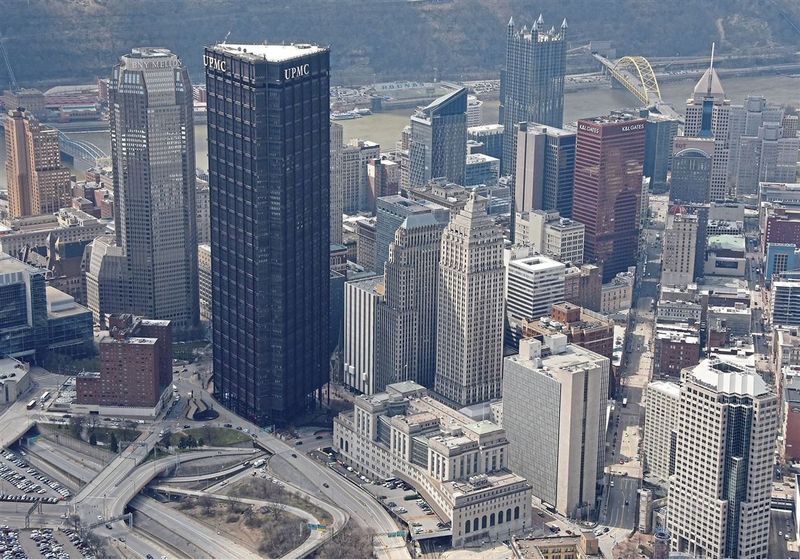
Empty cubicles and vacant floors tell the story of Pittsburgh’s struggling downtown office towers. Remote work trends have hit these buildings hard, with occupancy rates plummeting since 2020.
Many companies downsized their space needs or moved entirely to hybrid models. Older buildings with outdated amenities suffer the most, lacking the modern features that still attract tenants to premium spaces.
Property values have dropped by 15-30% in some cases, creating a ripple effect on surrounding businesses that depended on office worker foot traffic. Investors who once saw these towers as stable income generators now face uncertain returns and challenging refinancing conditions.
2. GNC Building
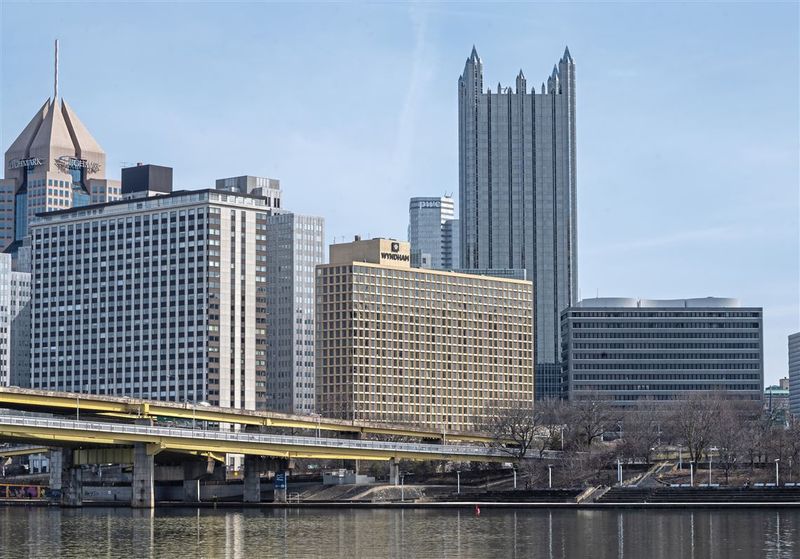
Standing tall yet increasingly empty, the GNC Building symbolizes corporate downsizing in Pittsburgh. After the nutrition giant filed for bankruptcy and was acquired in 2020, their headquarters needs dramatically shrunk.
Floors that once buzzed with employees now sit vacant. The building’s market value has dropped nearly 25% since 2019, making it a poster child for corporate real estate challenges.
Maintenance costs continue while rental income decreases, creating a difficult equation for property owners. Efforts to attract new anchor tenants have been complicated by the overall downtown office space surplus and companies’ reluctance to commit to large footprints in the current business climate.
3. Pittsburgh Mills
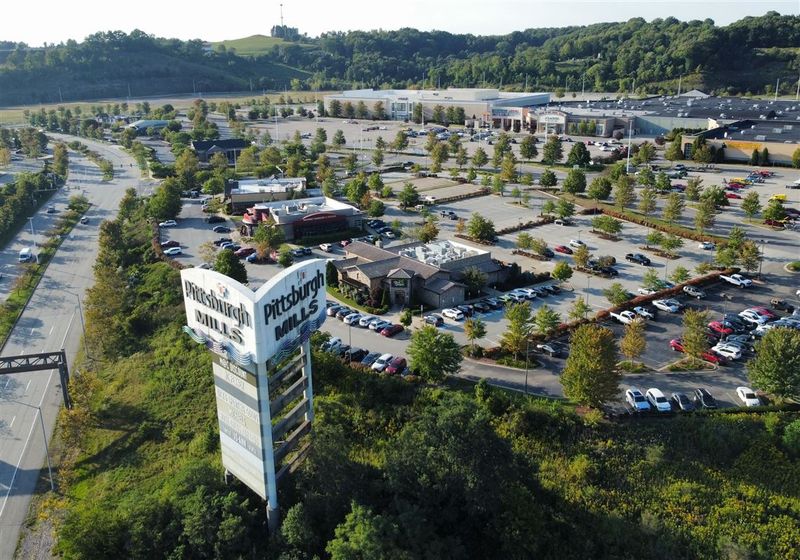
Remember when Pittsburgh Mills was the exciting new shopping destination? Those days are long gone. This massive mall in Frazer Township has been hemorrhaging tenants for years, with its value plummeting by over 90% since opening.
Walking through the echoing corridors reveals more empty storefronts than active businesses. Anchor stores have vanished one by one, leaving behind massive vacant spaces that prove nearly impossible to fill.
Online shopping changed everything for malls like this. Even before the pandemic accelerated retail’s transformation, Pittsburgh Mills was struggling. Now, with just a fraction of its original value and dwindling foot traffic, this once-promising retail center represents one of the region’s most dramatic real estate declines.
4. Century III Mall
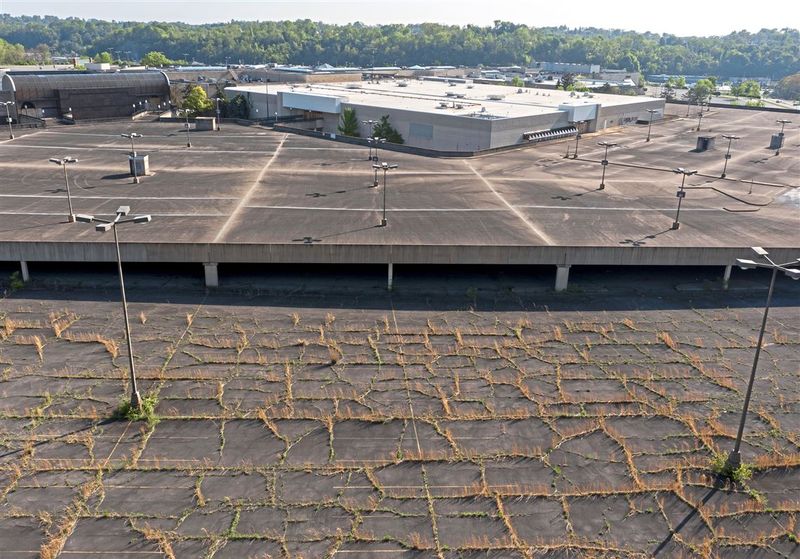
Century III Mall stands as a ghost of retail past, with its once-bustling corridors now eerily silent. This West Mifflin landmark has seen its value collapse to a fraction of its former worth, dropping from over $100 million to just a few million dollars.
Weeds push through the cracking parking lot while the massive structure deteriorates. Most retailers abandoned ship years ago, leaving behind empty storefronts and fading signage.
Local officials struggle with what to do with this massive property. Demolition costs would be enormous, yet redevelopment faces significant hurdles. Each passing year brings further decline in both condition and value, making Century III Mall one of Pittsburgh’s most visible examples of retail apocalypse fallout.
5. Vacant City Parcels
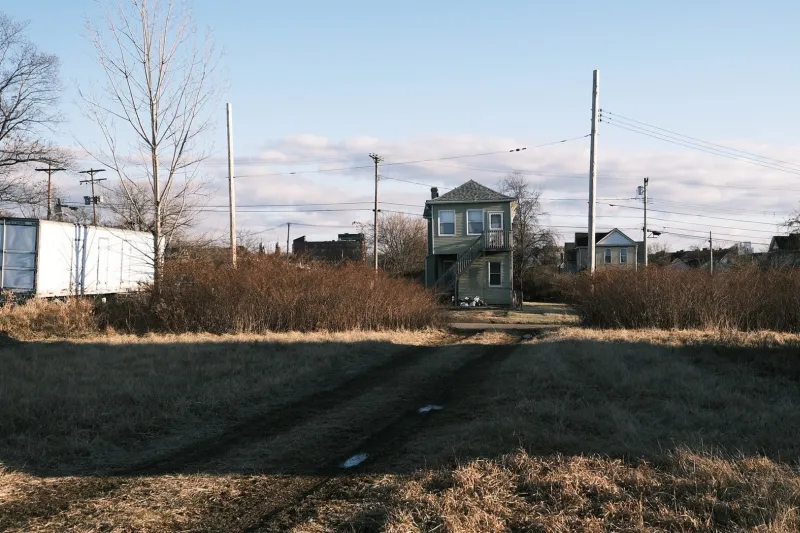
Scattered throughout Pittsburgh’s neighborhoods, vacant city parcels tell stories of urban decline and missed opportunities. These empty lots, once home to residences or businesses, now sit idle and collect weeds rather than tax revenue.
Many of these properties fell into city ownership through tax foreclosures. Their values continue to drop as maintenance lags and neighboring properties suffer from the negative spillover effects.
Though some see potential for urban gardens or affordable housing, development costs often exceed market values in struggling areas. The city’s land bank program attempts to address the issue, but progress remains slow. Meanwhile, these parcels represent millions in lost property value across Pittsburgh’s landscape.
6. Blighted Residences
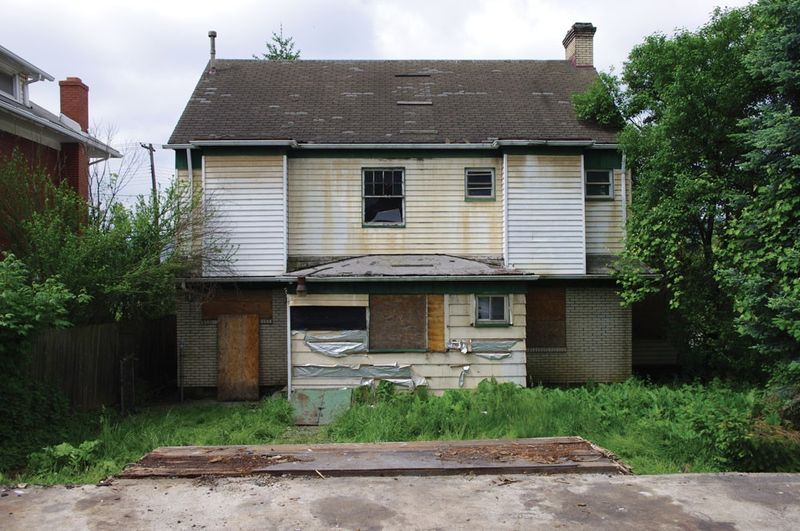
Boarded windows and collapsing porches mark Pittsburgh’s blighted residences that drag down entire block values. These abandoned homes, once part of vibrant communities, now represent significant value loss across multiple neighborhoods.
Water damage, structural issues, and vandalism compound over time, making rehabilitation increasingly expensive. Neighboring homeowners watch their own property values sink by association, creating a downward spiral effect.
City demolition programs can’t keep pace with the growing inventory of these troubled properties. Some houses that sold for $50,000-$70,000 in better condition now wouldn’t fetch $10,000 as-is. These declining assets represent both financial loss and community challenges that extend far beyond the property lines.
7. East Liberty
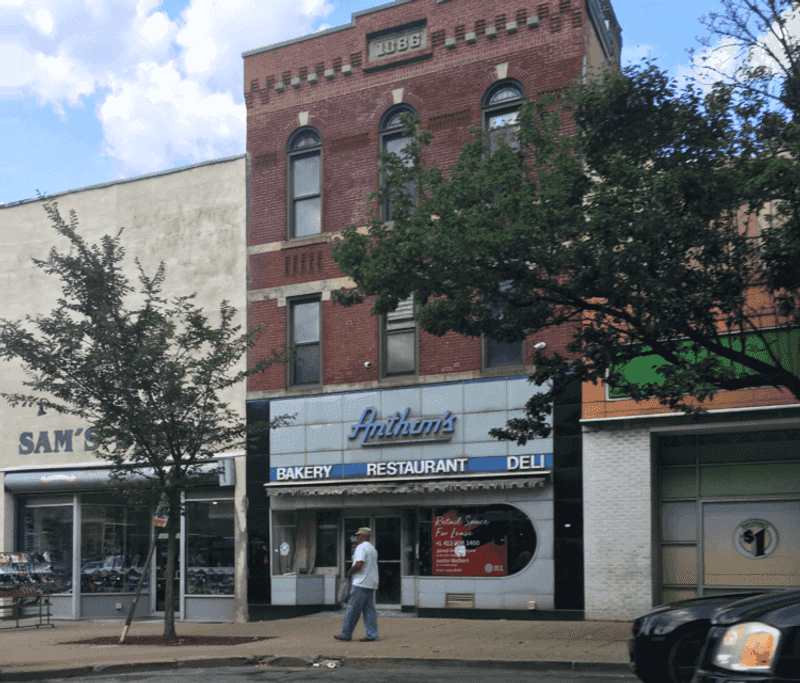
East Liberty presents a complex picture of property values in flux. While parts of this neighborhood saw dramatic gentrification and price increases, specific commercial corridors and older apartment buildings are now experiencing notable declines.
Retail vacancies have increased along certain streets, with some storefronts sitting empty for extended periods. Older office spaces and mixed-use buildings that missed the renovation wave now struggle to compete with newer developments.
The pandemic accelerated these trends, hitting businesses that catered to office workers particularly hard. Though East Liberty’s overall trajectory remains positive compared to decades past, these pockets of declining value represent significant challenges for property owners who bought at peak prices, now facing the reality of diminished returns and longer vacancy periods.
8. Beltzhoover
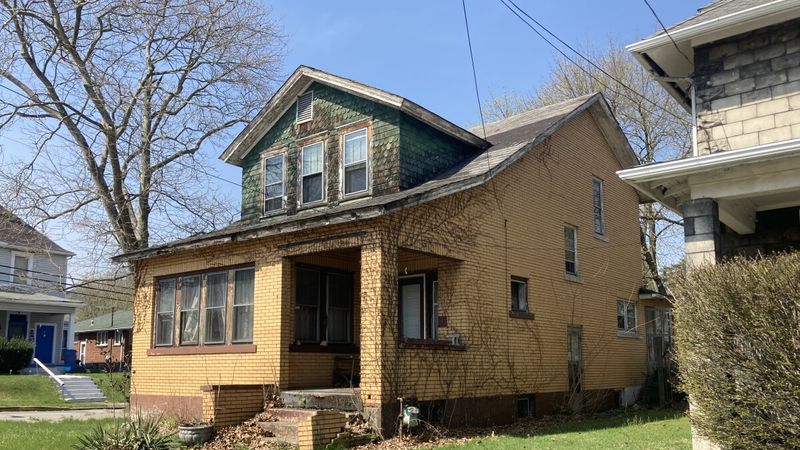
Beltzhoover’s housing market tells a story of persistent challenges and declining values. This southern Pittsburgh neighborhood has seen property assessments drop significantly over the past decade, with some homes losing 30-40% of their value.
Limited commercial investment and aging housing stock contribute to the decline. Many beautiful older homes require substantial renovations that often exceed their market value, creating a difficult equation for potential buyers and existing homeowners alike.
Though community groups work tirelessly to improve conditions, the neighborhood struggles with vacant properties and limited mortgage lending. Public investment hasn’t reached the levels needed to reverse these trends. For residents who’ve owned homes for generations, the declining values represent significant losses in family wealth and financial security.
9. Tax-Delinquent Properties
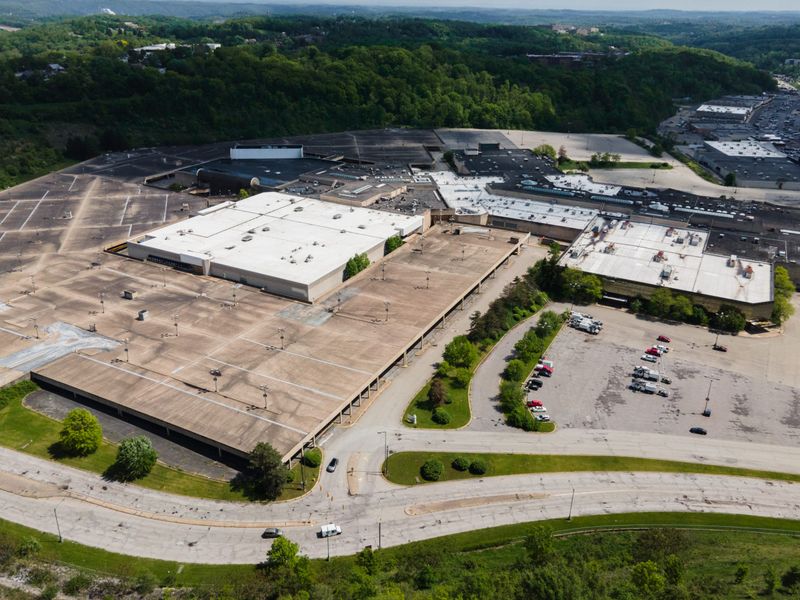
Hidden within Pittsburgh’s property records lie thousands of tax-delinquent properties steadily losing value year after year. These buildings and lots, burdened by unpaid taxes sometimes exceeding their market worth, represent a significant drain on city resources.
Many owners have effectively abandoned these properties without legally surrendering them. Back taxes accumulate while physical conditions deteriorate, creating a negative feedback loop of declining value.
The city’s treasurer’s office regularly holds tax sales, but many properties receive no bids. Even investors looking for bargains avoid these troubled assets due to title issues, environmental concerns, or location challenges. As tax liens mount and maintenance lapses, these properties often lose 50-80% of whatever value they once held.
10. Distressed Parcels

Steep hillsides and challenging topography make many distressed parcels in Pittsburgh nearly impossible to develop profitably. These properties, often acquired through tax sales or foreclosures, continue losing value as construction costs rise.
Environmental issues compound the problems on some sites. Former industrial uses left contamination that requires expensive remediation before new development can occur.
Access challenges further complicate matters, with some parcels lacking adequate road frontage or utility connections. Though Pittsburgh’s overall real estate market has strengthened in recent years, these problematic properties remain stubbornly immune to the positive trends. For owners who purchased such parcels hoping for future development potential, the declining values represent significant investment losses and ongoing tax burdens with little prospect of recovery.
11. Central Business District
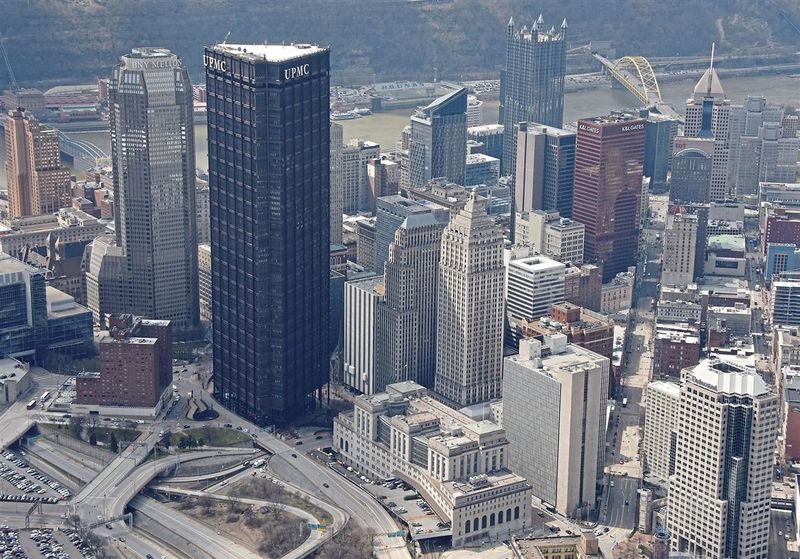
Pittsburgh’s Central Business District faces unprecedented challenges, with some properties losing 20-40% of their pre-pandemic values. Hybrid work models have permanently reduced office space demand, leaving building owners scrambling to adapt.
Retail spaces that depended on office worker foot traffic struggle to survive the reduced customer base. Even lunch spots that once had lines out the door now sit half-empty during weekdays.
Class B and C office buildings suffer the most dramatic value declines as tenants migrate to higher-quality spaces or reduce their footprints. Conversion to residential use offers one potential solution, but requires significant investment. Meanwhile, property tax assessments often remain based on outdated, higher valuations, creating financial strain for owners watching their actual market values steadily decline.
12. Regional Office Buildings
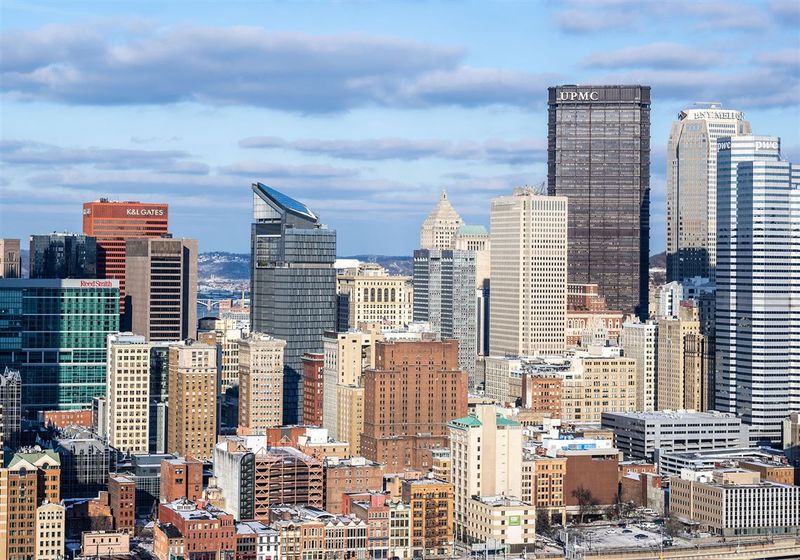
Suburban office parks and regional office buildings around Pittsburgh have watched their values tumble as work patterns evolve. Properties in areas like Cranberry Township and Southpointe that once commanded premium rents now struggle with rising vacancies.
Companies that expanded aggressively before 2020 have dramatically downsized their space needs. Buildings designed for single large tenants prove especially difficult to repurpose when those anchor companies depart.
Many of these properties were developed with generous tax incentives that have now expired, increasing carrying costs just as rental income decreases. Owners face tough decisions about investing in costly upgrades or accepting lower returns. Some buildings that sold for top dollar five years ago would now fetch 30-40% less if put on the market today.
13. Golden Triangle Properties

The Golden Triangle, once Pittsburgh’s premier business address, now contains numerous properties facing significant value erosion. Older buildings without recent updates struggle most acutely, unable to compete with newer, amenity-rich alternatives.
Changing work patterns hit this dense business district particularly hard. Some buildings have lost anchor tenants who occupied multiple floors for decades, leaving huge vacancies difficult to fill in the current market.
Even landmark properties haven’t been immune to the downward pressure on values. Buildings that once sold for $200+ per square foot might now command only $140-160. Owners face difficult choices between investing millions in updates with uncertain returns or accepting the reality of diminished asset values. This decline represents a significant shift for an area long considered the heart of Pittsburgh’s commercial real estate market.




